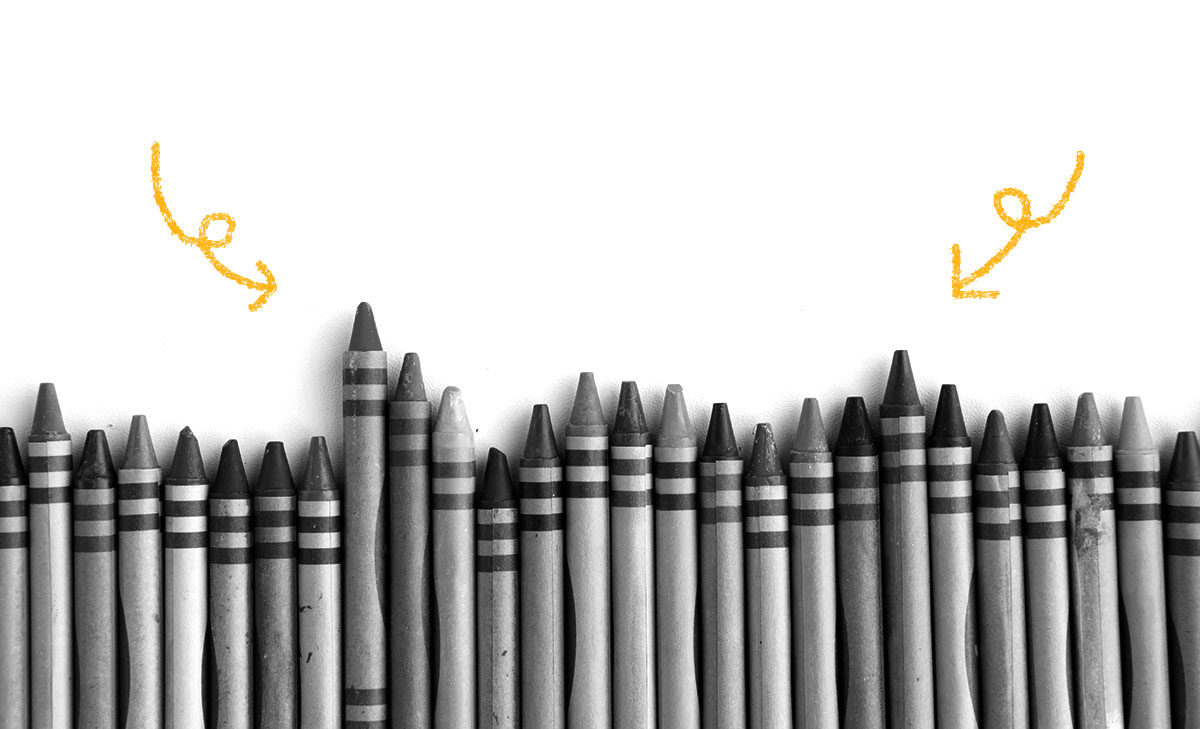Crayola Crayons were invented by the Binney & Smith Company of Easton, Pennsylvania in 1903. They were named by the company founder’s wife, who based the moniker on the French word for chalk, “craie,” and the English word oleaginous, which means “oily.” The crayons were made of paraffin wax and non-toxic pigments, making them ideal for use by children. One of the earliest sets produced was marked "No. 51, Young Artists Drawing Crayons, for Coloring Maps, Pictures" – it included 28 colors. Due to their affordability and non-toxic nature, Crayola Crayons transformed art education and fostered creativity at home and in school – something that they still do to this day!

Your go-to guide for weird history facts
Subscribe to the FREE daily email that makes learning about history fun.


